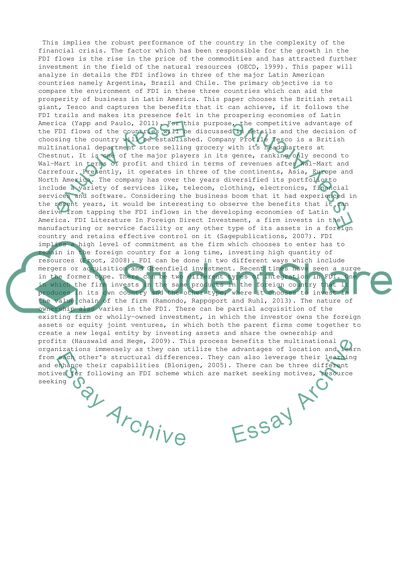Cite this document
(“FDI final report Coursework Example | Topics and Well Written Essays - 2750 words”, n.d.)
FDI final report Coursework Example | Topics and Well Written Essays - 2750 words. Retrieved from https://studentshare.org/business/1497188-fdi-final-report
FDI final report Coursework Example | Topics and Well Written Essays - 2750 words. Retrieved from https://studentshare.org/business/1497188-fdi-final-report
(FDI Final Report Coursework Example | Topics and Well Written Essays - 2750 Words)
FDI Final Report Coursework Example | Topics and Well Written Essays - 2750 Words. https://studentshare.org/business/1497188-fdi-final-report.
FDI Final Report Coursework Example | Topics and Well Written Essays - 2750 Words. https://studentshare.org/business/1497188-fdi-final-report.
“FDI Final Report Coursework Example | Topics and Well Written Essays - 2750 Words”, n.d. https://studentshare.org/business/1497188-fdi-final-report.


